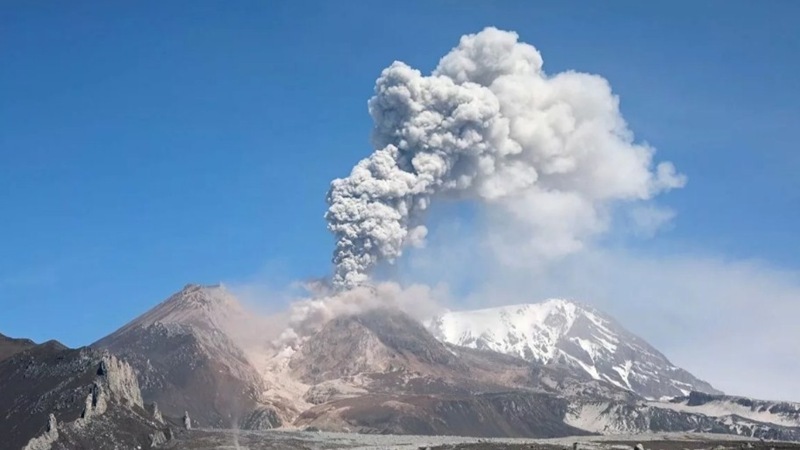
A recent eruption from the Klyuchevskoy volcano, one of Eurasia’s most active, has blanketed the village of Klyuchi on Russia’s Kamchatka Peninsula in a layer of ash. Despite the unsettling scene on the morning of August 16, emergency tests of the air, water, and soil have brought some relief, indicating no hazardous levels of chemical pollutants.
Nevertheless, local authorities are urging residents to exercise caution. Oleg Bondarenko, the head of the Ust-Kamchatsky municipal district, advised against spending time outdoors. The primary threat from volcanic ash is not chemical but physical. Its fine, abrasive particles, akin to microscopic shards of rock, can cause significant irritation to the respiratory system and eyes, posing a particular risk to children and individuals with chronic health conditions. Consequently, outdoor activities for children have been specifically discouraged.
The situation is often worsened by windy conditions, which can lift the settled ash back into the air, creating a dense, hazardous haze and making it especially risky to be outside. This latest ashfall, which followed an emission from the volcano’s crater the previous day, was reportedly less intense than a major event last week. Municipal services are still grappling with the cleanup from that earlier, more severe ashfall.
An “Orange” aviation color code remains active over the Klyuchevskaya Sopka volcano, signifying a significant threat to aircraft. Ash clouds can cause severe damage to jet engines, disrupting flight paths in the region. Across the entire district, a “High Alert” status is in effect, ensuring that all emergency and utility services are prepared to respond swiftly to any escalation of the volcanic activity.